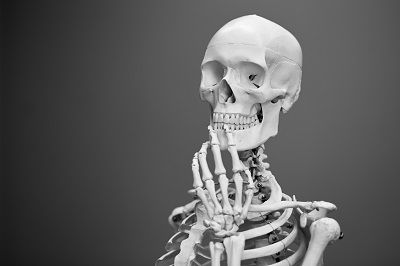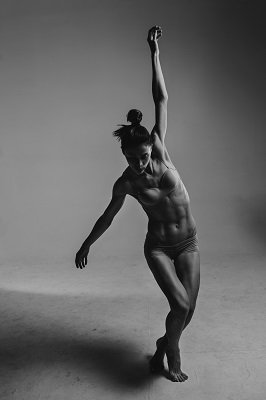The human pelvis is quite a substantial bone structure and indeed the and the foundation of all skeletal activity. Exercising pelvis and hips will increase the overall mobility of our body.

The body’s gravitational weight rests on pelvis and hips. Thus pelvis and hips are central to maintaining structural stability in our sceleton. The evenness and connectedness of our feet determine to a large extent the flexibility levels of hip joints and pelvic muscles. The translation of ground forces passes through the knee joint into the pelvis.
How do feel that you are not connected
Many people with inactive, stiff or uneven feet experience subsequently tightness and degeneration in knee and hip joints.
In the Yogic health tradition, the pelvis is associated with the element of water.
Two major nerve plexuses (Chakras) are situated in the pelvic floor and sacrum governing the main pelvic functions of digestion and sexual reproduction. The sacral plexus (“Svadhistana Chakra”) services our bodily fluids and the general notion of flow.

Muscular tension and ‘stressed’ tissue can cause this plexus to become gradually dysfunctional. This will affect many important functions in the body, like hormonal balance, sexual functioning, and digestion.
Chronic tension in hips and lower back are strong indicators that the body needs a different balance.
Also, emotional upheaval strongly relates to muscles and pelvis tightening in hips and lower back.

The grown-up human body contains in average 70% water.
Lev Skvortsov, from the Russian Academy of Natural Sciences, expresses the importance of water for the human body.
“ Water regulates the temperature of the body, it humidifies the air we breathe, it helps organs assimilate the nutrients and expel the toxins and excess salts. Water helps keep the blood pressure down, thus reducing the probability of a heart attack.”- Lev Skvortsov
A stiff, tight pelvis can affect the organs that organize the bodies natural fluid exchange.
How to practice with Yoga
Yoga provides a series of relevant postures and breathing exercises to keep the pelvis toned and therefore strengthen the body’s fluidity.
A short daily routine can provide you with the necessary structural mobility to keep muscles and organs toned.
![]()
Frontal Hip stretch (‘Apanasana’):
- Lay on your back. Clasp your right knee and draw it into your chest as you inhale and exhale 10 times.
- Extend the left heel away from the body center to enhance the stretch.
- Keep your head and neck relaxed on the floor.
- Repeat on the other side.
This exercise stretches the frontal pelvis and increases space in both hip joints.
Hip rotations:
- Lay on your back and draw your right knee to your chest then out to the side then extend your right foot towards the left foot, describing a full circle for the right hip.
- After ten circles change direction for another ten circles anti-clockwise. Repeat on the other side.
- This exercise increases circulation in the muscles surrounding hips and pelvis and gently stretches the fascia
Cross-legged forward bend ( ‘Sukkasana’):
- Sit with extended legs with a straight spine, if necessary elevate your seat with a folded up blanket.
- Cross your legs on shin level and actively dorsiflex your feet.
- Walk your hands forward, away from the body and keep extending forward to your maximum reach.
- Breathe softly 5 to 10 times. Straighten up and change the cross of your legs and repeat.
- This posture extends muscles and fascia on the outer leg and increases the space within the hip socket.
These three exercises practiced with attention and gentle breath control act like a beneficial tonic to maintain open, flexible hips. Practitioners post hip replacement will equally benefit. Always respect your limits as you practice and allow a flowing breath to guide you to the edge of your limit.
For a more detailed explanation, see also: Light on Yoga, B.K.S. Iyengar.
This article includes recommendations. I don’t get paid for my recommendations. They are not affiliated links.
